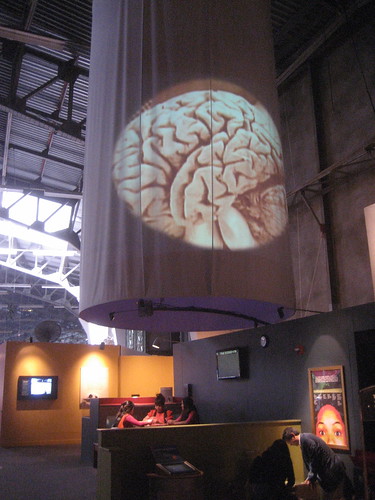The latest issue of Scientific American Mind has an interview with me (“Q&A: Why a Rested Brain Is More Creative“) about REST and its big ideas. Ferris Jabr, who writes regularly for the magazine, spent a couple hours on the phone with me a few months ago, and this is the result.
If you can get past the fact that it’s a pretty accurate representation of the way I sound when I speak— namely, it’s full of diversions and indirection— it’s a pretty good summary of the book’s big argument. A sample:
How have you come to define rest and what are some of the biggest misconceptions about it?
What I mean by rest is engaging in restorative activity. It’s not necessarily completely passive for one thing. We tend to think of rest as putting your feet up and you’ve got the margarita and you’re binge-watching Orange is the New Black. For people in my study, their idea of rest was more vigorous than our idea of exercise. These are people who go on long walks covering 15 or 20 miles in a day or climb mountains on vacation. For them, restful activities were often vigorous and mentally engaging but they experienced them as restorative because they offered a complete break from their normal working lives.
Why does modern work culture undervalue rest and encourage nonstop busyness?
It seems self-evident that more work equals more output. This is true of machines, so why shouldn’t it be true of us? Well it’s not. We have adopted industrial-age attitudes, and they don’t really work for us. There is also a long-standing assumption that not working hard is morally suspect.
What is the brain doing when we are at rest?
The critical thing to recognize is that when we are mind-wandering, when our minds don’t have any particular thing they have to focus on, our brains are pretty darn active. When you do things like go for a long walk, your subconscious mind keeps working on problems. The experience of having the mind slightly relaxed allows it to explore different combinations of ideas, to test out different solutions. And then once it has arrived at one that looks promising, that is what pops into your head as an Aha! moment. The people I looked at are able to construct daily schedules that allow them to draw on that process in little increments.
Anyway, check it out! The rest of the issue looks really good, too.
